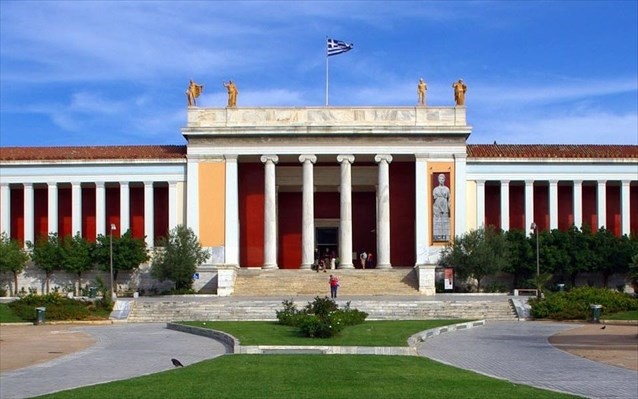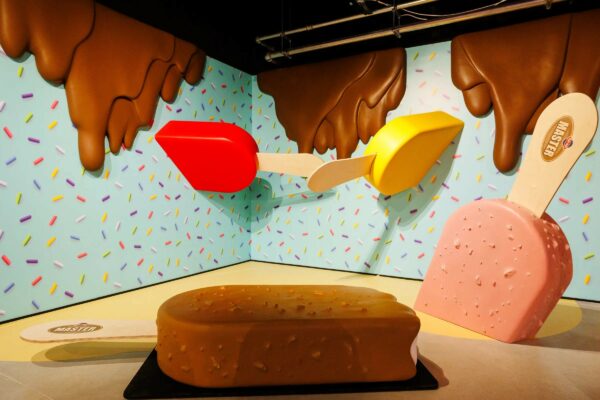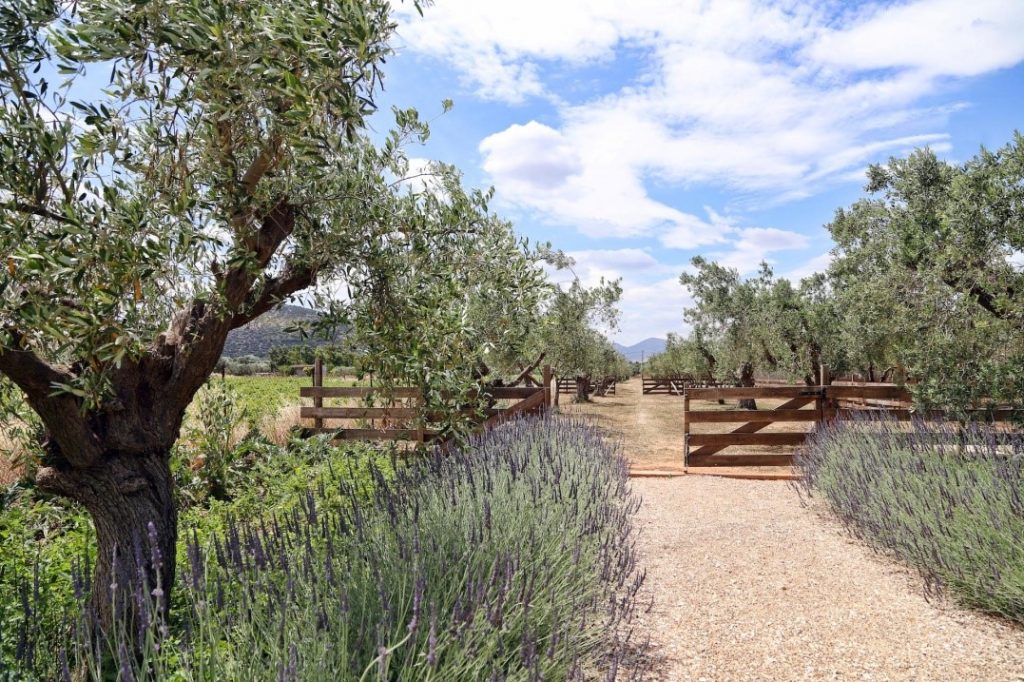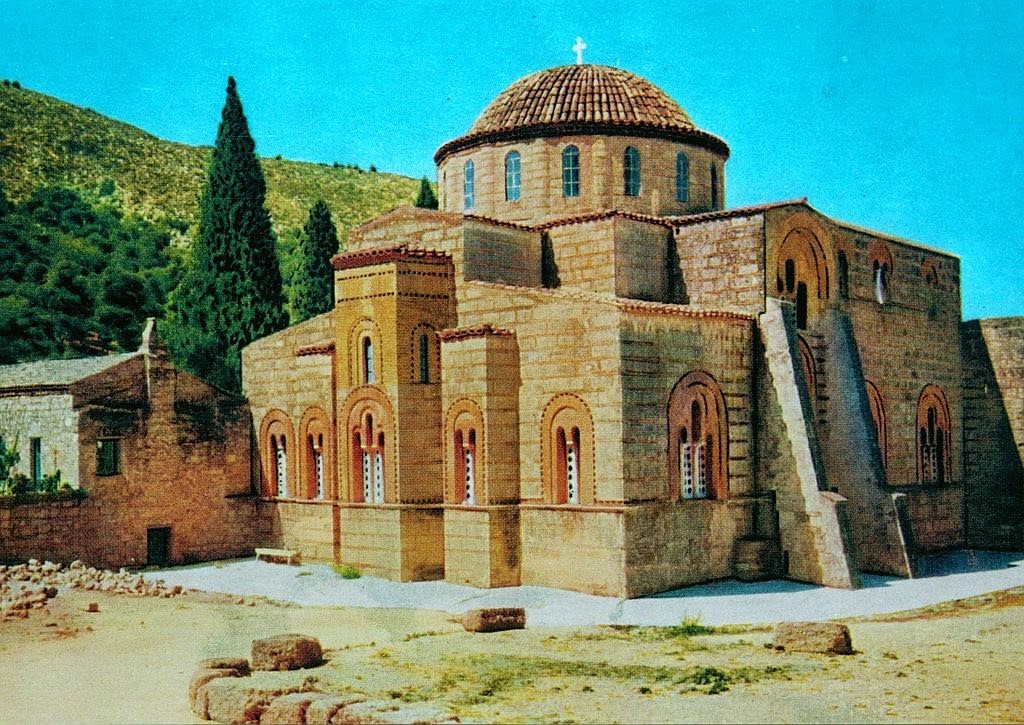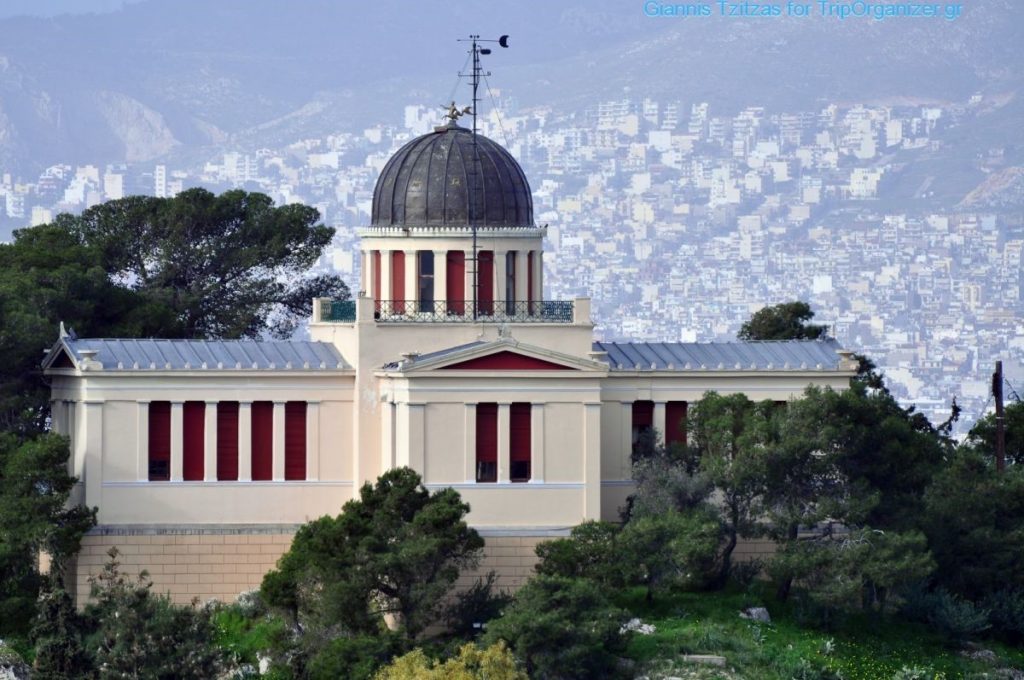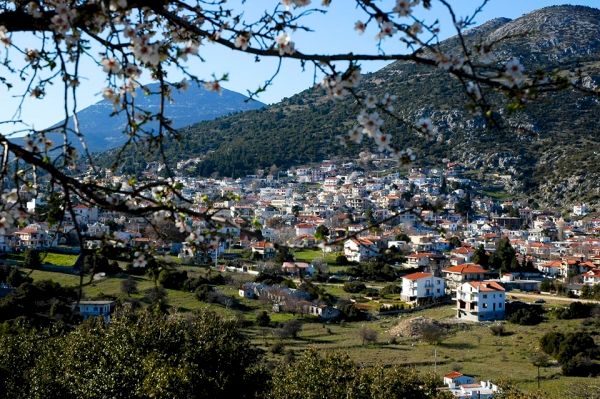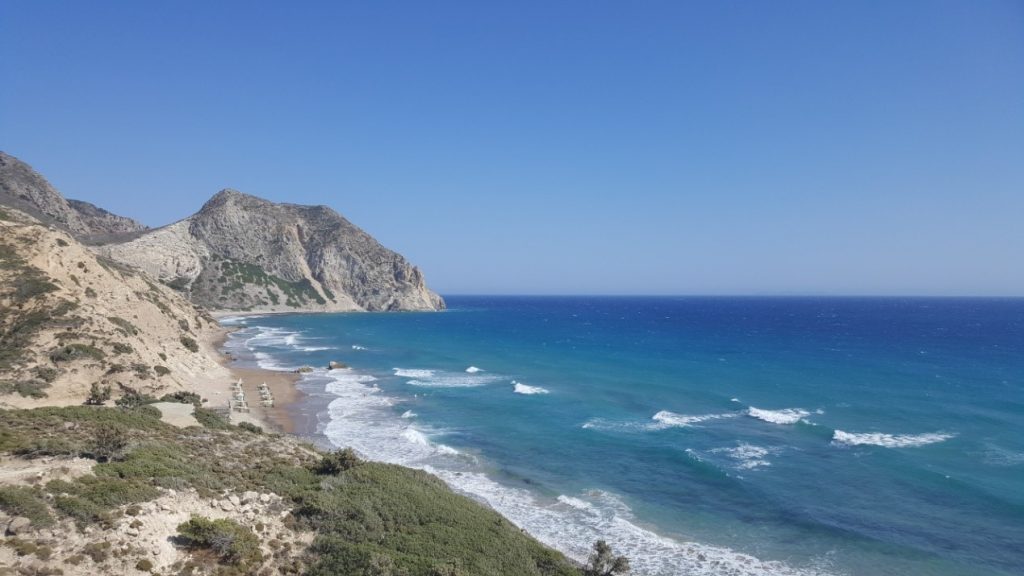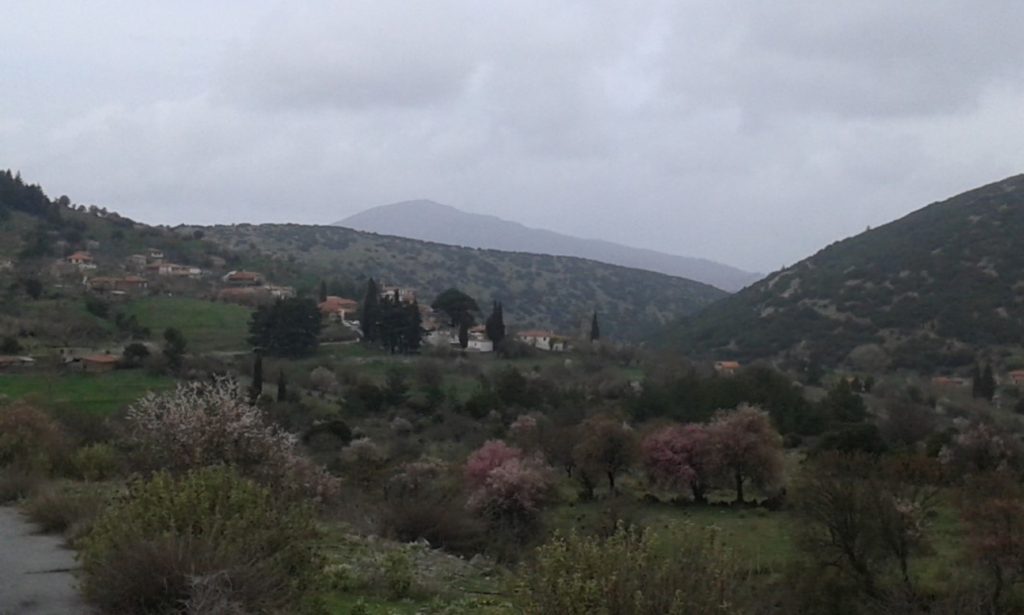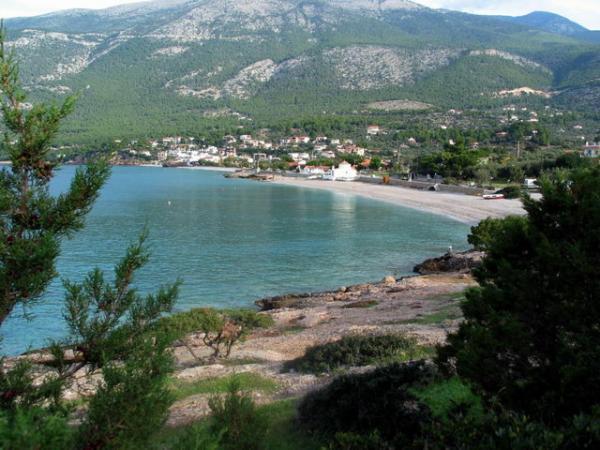National Archaeological Museum
The National Archaeological Museum (National Archeological Museum) It began to be built in 1866 designed by the painter and authority / to Ludvig Lange and completed by Ernst Ziller in 1889. It is the oldest museum in the country and houses antiquities from Greece. The imposing neoclassical located between Patission Street 44, Vas. Georgiou, Bouboulina and Tositsa (sidewalk). The museum is divided into thematic rooms, covering an area 8.000 sq.m. Housed about 11.000 Exhibits.
The rooms with the exhibits divided as follows :
–Neolithic and Promykinaiki
(6or millennium BC. to the Middle Helladic period or average copper, 2000-1580).
The hall contains finds from excavations throughout Greece as Thessaly, solid, Limnos etc..
–Cycladic
(Cycladic period, 2700-2000 and Late 1600-1200).
It includes all the findings of the Cycladic civilization that came from the excavations of Ch. Tounta in Syros, Paro, Antiparos, Amorgos, Sifnos, archaeologist Fr.. Stephen, in Syros and Naxos and the British School of Archeology in Milos. It includes marble idols, pottery, bronze everyday objects of the time etc.. In this room is worth to see 2 great marble idols, of Parian marble, found in excavations of Keros. In the same tomb were also found one upright avlistis and one sitting harper. The avlistis showing it in 3D motion, with the body leaning forward and head back.
–Mycenaean
(Late Helladic or Mycenaean period, 1580-1100).
It includes the excavations made by Schliemann (1876) the famous 6 vertical graves, the graves of 2th precinct Mycenae, the Palace of messinian Pylou etc.. distinguish 2 gold cups from the domed tomb of Dyeing and fresco from Mycenae, with a female figure, or Erifyli, holding in his right hand a necklace. The golden Mask of Agamemnon, located here, It is the most impressive of the mask 5 found in the royal tombs of Mycenae, during excavations of Schliemann.
–Archaic Plastic
(Archaic period 650-480 B.C.)
Here we have 7 halls with exhibits and funerary votive kouros and daughters, funerary relief columns. See the colossal Kouros (600 B.C.) which was dedication (value in memory), Temple of Poseidon at Cape Sounion.
–of plastic 5th B.C.
And here there 7 rooms full of funerary and votive columns and many other works 5th century. Singles votive relief with the goddess Demeter to offer to the king of Eleusis Triptolemos a bunch of ears and left her daughter Persephone holding a torch (430-420 B.C.). Feature is the height of two gods in relation to mortal Triptolemos, as a mark of respect to the goddesses Triptolemos is shorter. Also bronze statue Neptune or For, Archaeologists disagree on this, height 2.09 m. found in Artemisio (1928) and a leading bronze sculptor of the time work and the column Hegeso discovered in Kerameikos. The relief shows Hegeso sitting taking a jewel out of a box holding the slave of, with melancholic style. At the top of the column writes "Hegeso Consul».
– of plastic 4th B.C.
In 8 rooms will find marble or bronze works, originals and copies, religious, funerary, votive and authority / RA (Epidaurus hall). It stands in the hall Hermes of Andros and the bronze statue Rider Artemisio (150 B.C.) showing galloping to the final straight, as the rider's muscles and horse deleted strongly (dredged from the sea Artemisio). Great exhibit of this gallery is the Adolescent of Antikythera. A great bronze statue, height 1,94 m., prototype, which probably represents Perseus or Pan holding in his raised hand on the head of Medusa. Pulled to pieces by the sea of Antikythera and believed to be the work of Lysippos or Euphranor (340 B.C.). You can also see Head of Health (350-340 B.C.), Goddess of Health, discovered in the Temple of Athena Alea at Tegea and apparently was part of a statue.
–Plastic Hellenistic and Roman periods
The "Hall of Themis" includes the supernatural work Chairestratou (3th B.C.) found in the Rhamnus 1890. Then there are sculptures from the temple of Lykosoura, the head of a bronze statue boxer (330 B.C.) etc..
–Brass Works Collection
In 4 rooms exposed copper projects throughout the country mainly from Dodona, Olympia and the Athenian Acropolis. stands out teenager's Marathon, named after the bay of Marathon where found 1926. Portrays a boxer and apart from a portion of the left hand that is later, the statue is original and masterpiece, probably the work of Praxiteles or one pupil (330 B.C.).
–Collection Vase and clay figurines
(Geometric era, 11th century. until 4th century. B.C.)
located on 1The floor of the museum occupies 8 rooms. Here are pottery and figurines from various periods. stands out Jug by Unsalted (700 B.C.), exemplifies protoattikon vessels, The Attic black-figure amphora painted with Centaurs and Mermaids (620 B.C.), the black-skyphos with rotors representation (540 B.C.) etc..
There is a room another kind of projects, the votive paintings as paintings by Pitsa Corinth, which is wood, painted with tempera on a white background (540 B.C.) and clay work Ninniou, painted by the technique of red-vascular.
In other rooms there are many clay figurines from the PG years by Tanagra (4th and 3th c.).
–The Hunting Report
It includes mainly frescoes unearthed at Akrotiri on Thera. Characteristic is the fresco spring (It shows a rocky place with lilies and swallows), The fresco fisherman (a nude fisherman holding 2 strung fish), the mural of 2 children boxing, etc..
–Collection Helen Stathatou
Located in the museum basement and mainly include jewelry of ancient Greek and Byzantine, from collection Stathatou.
–The Egyptian and Near Eastern Antiquities
This collection is unique in Greece and these works date from the pre-dynastic period (5000 B.C.) up to the Roman conquest.
–Epigraphic Museum
It is part of the Archaeological Museum but has its own entrance. includes about 14.000 inscriptions engraved in stone from Greece and Asia Minor. Dating from the 6The B.C. to the 3The A.D. century. and whose religious content, historical and literary theme. This museum is considered the largest of its kind in the world.
After you complete your tour at the Museum if you want to sit down to drink coffee or eat something. Indoors Museum, the patio,there is a small and atmospheric cafe where you enter without a ticket and the big square, outwardly, in front of the Archaeological Museum, operates a cafe-restaurant, "The Museum's Garden".
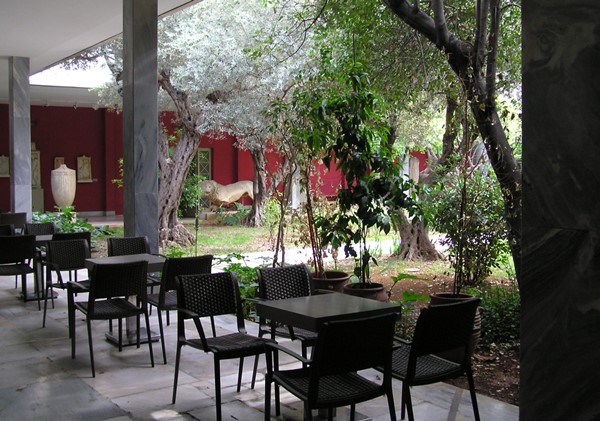
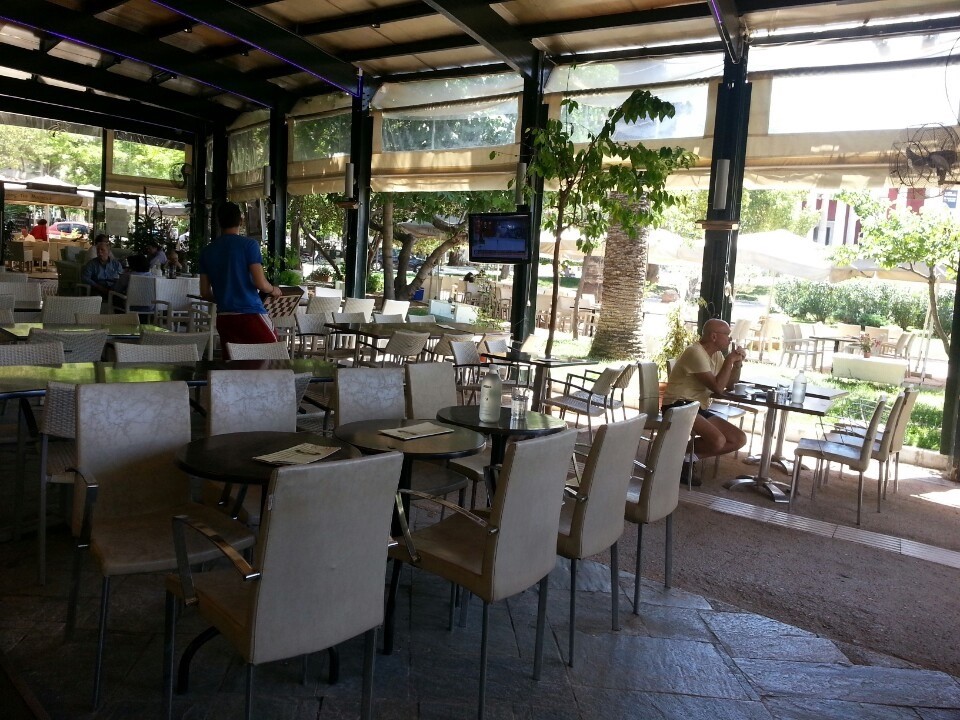
Next to the Archaeological Museum, to Tositsa street is the National Technical University of Athens (NTUA). The 'Foundation settled in Patission Street 42, the 1873 and its construction made money donations Metsovites benefactors N. Stournaras, M. Tositsas, El. Tositsa and C. Averof. It is the authority project / to L.. Kaftantzoglou. It is the oldest educational institution of Greece in technology.
Emblem of NTUA. is the "Prometheus Pyrforos" which apart from the fire offered to people Science and Letters. the NTUA. a library with 150.000 volumes.
In the early 1960 the state granted 900 ha. in the range Zographou wherein Politechnioupoli later built. Today the Rector has moved into a building in Zografou like most activities eg Foundation. the courses are in the Campus buildings.
The disembodied head located in the courtyard of the Polytechnic, from Patission Street, commemorates the uprising of young people in 17 November 1973 to consolidate democracy.
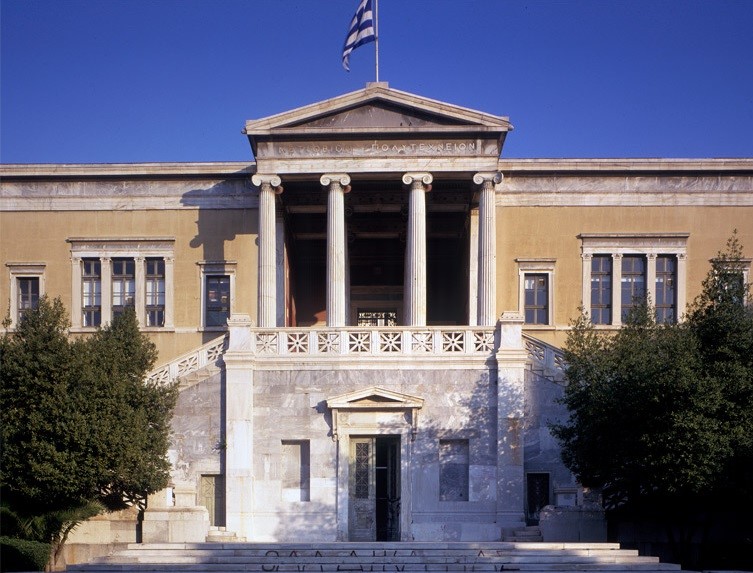
ADDRESSES
-National Archaeological Museum, Patissia 44,(28th October),
tel. +30 2132144800, www.namuseum.gr
-NTUA, Patission 42, Athens or Ir. University 9, painter,
tel. 210-7721000, www.ntua.gr
-POLIS PARK, parking, Canning square, tel. 210-3816330
-Metro and ISAP, Omonia station
-trolley, No. 2,3,5,7,8,11,13, 15 etc., stop University
-bus line, A7,622, 608 etc., stop University

